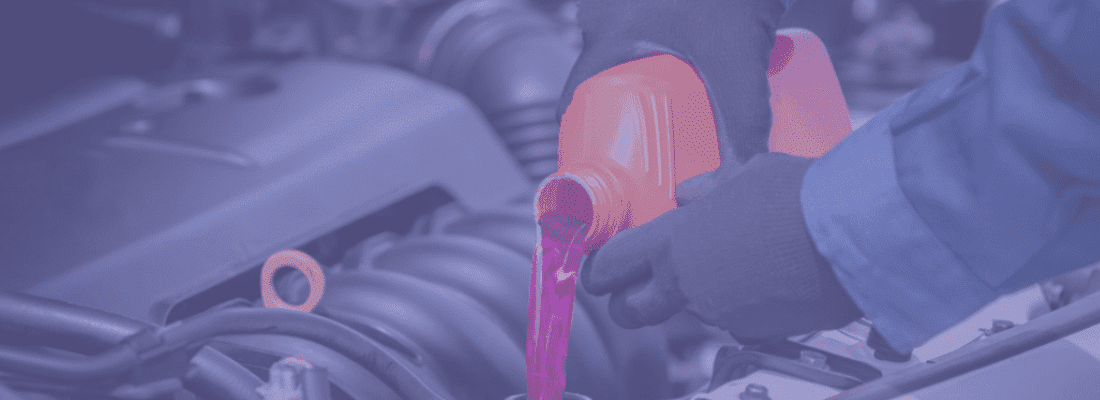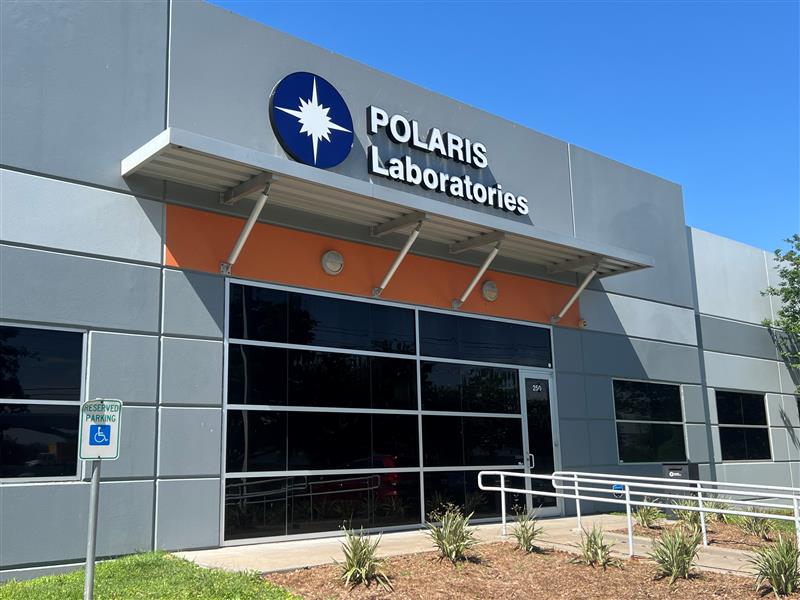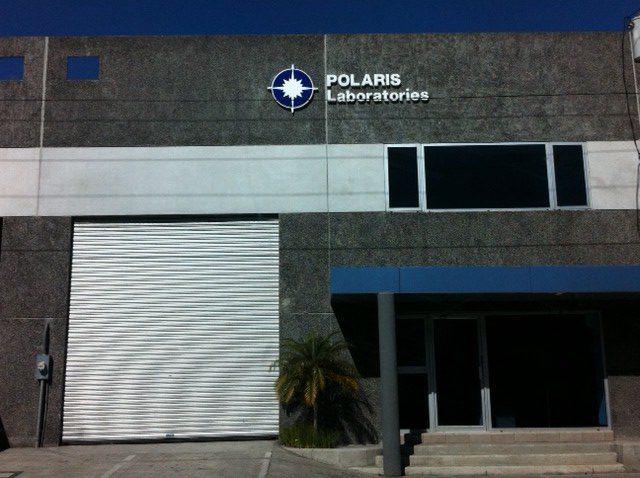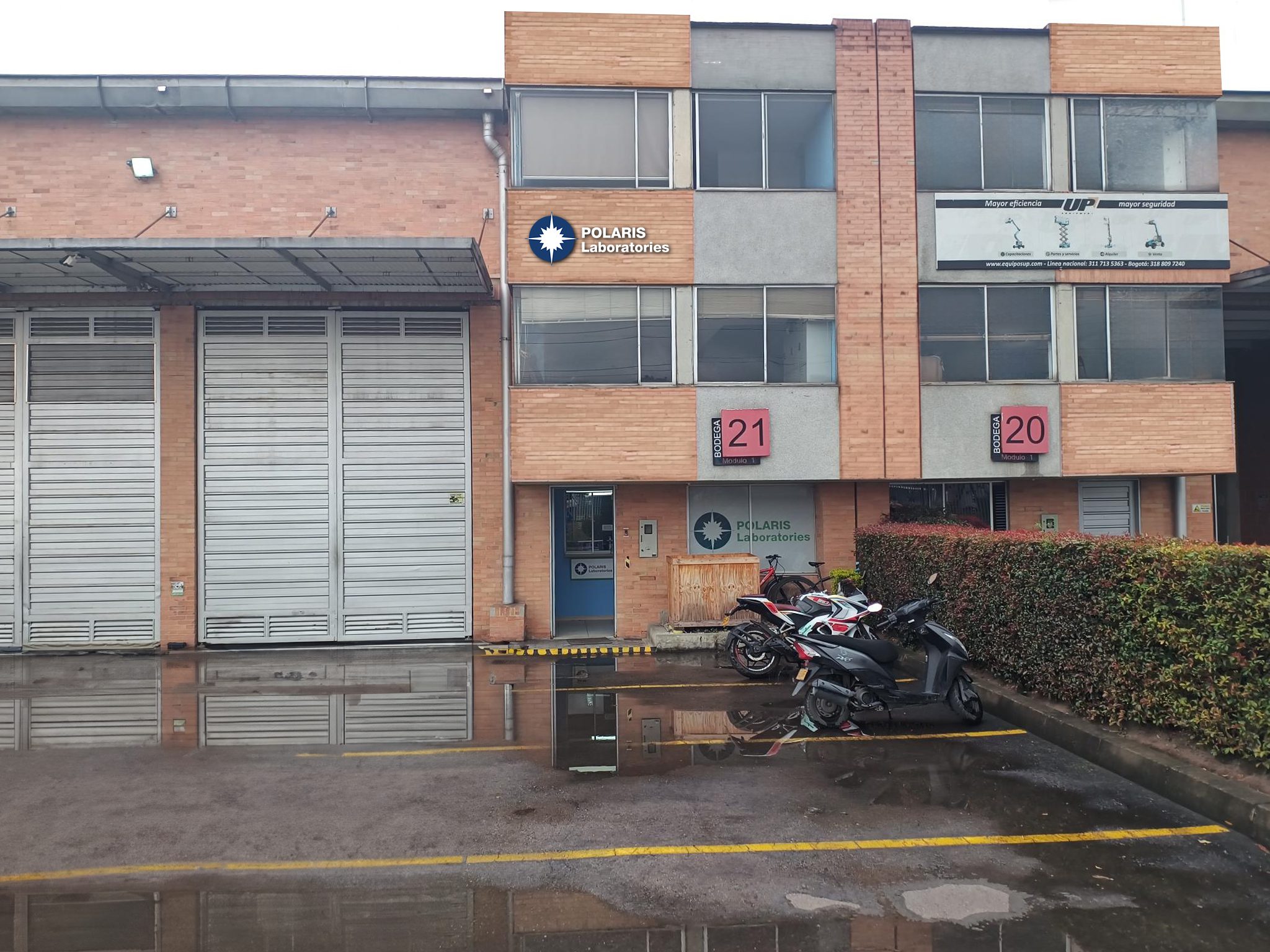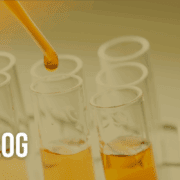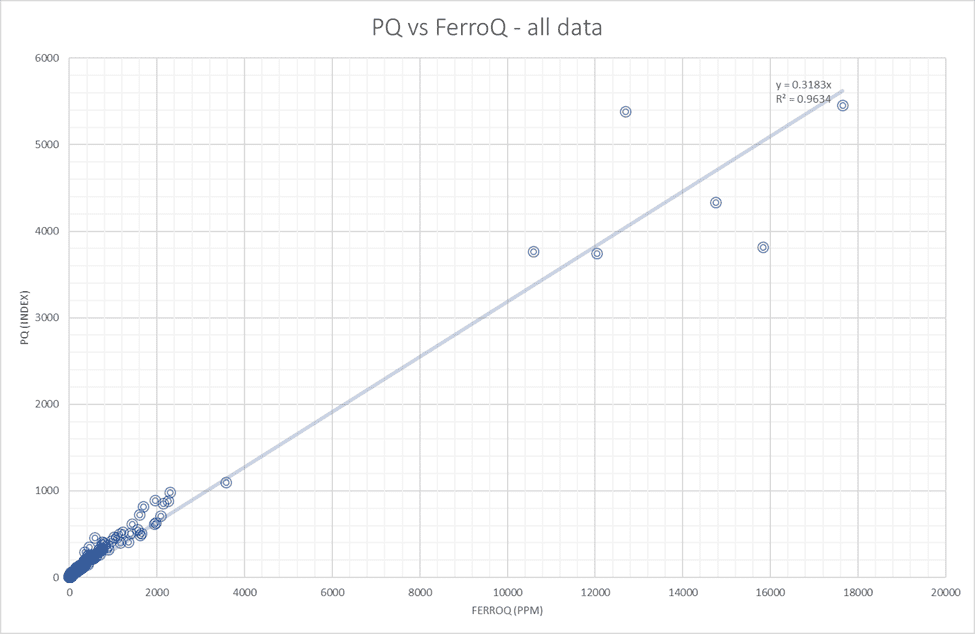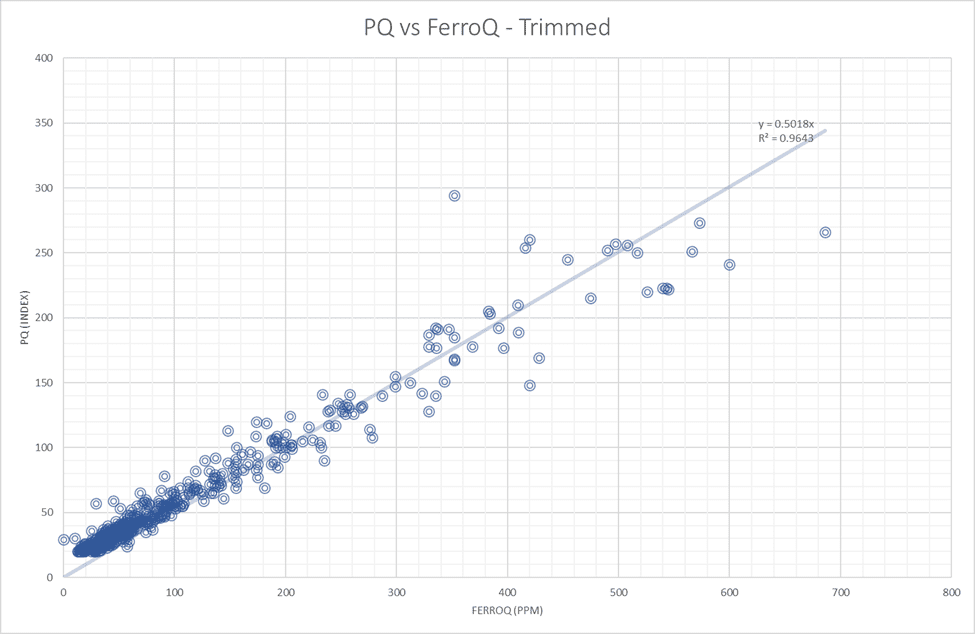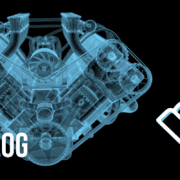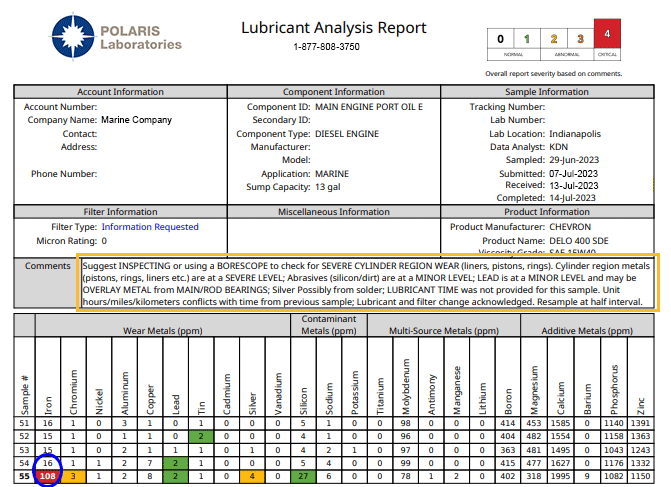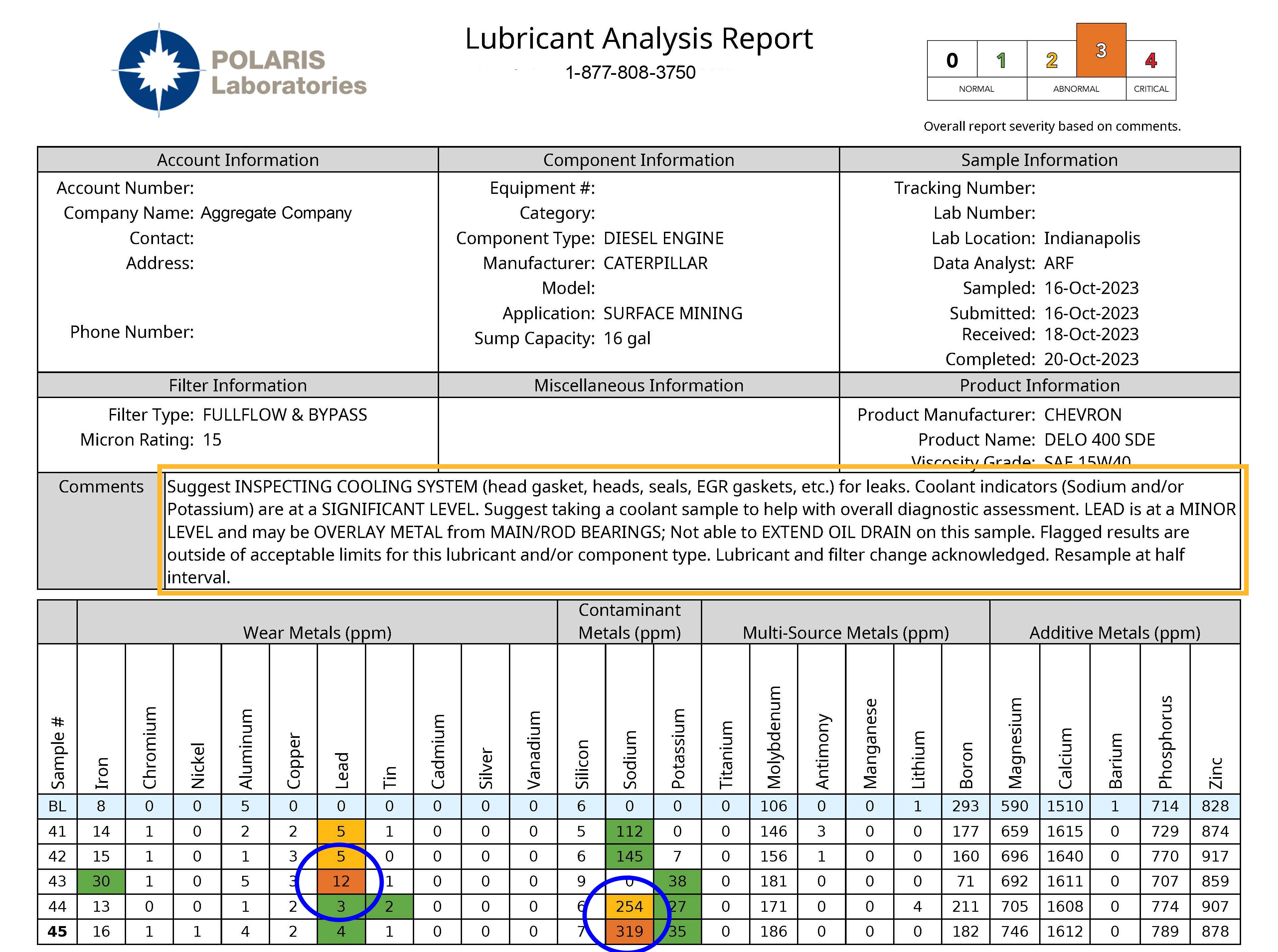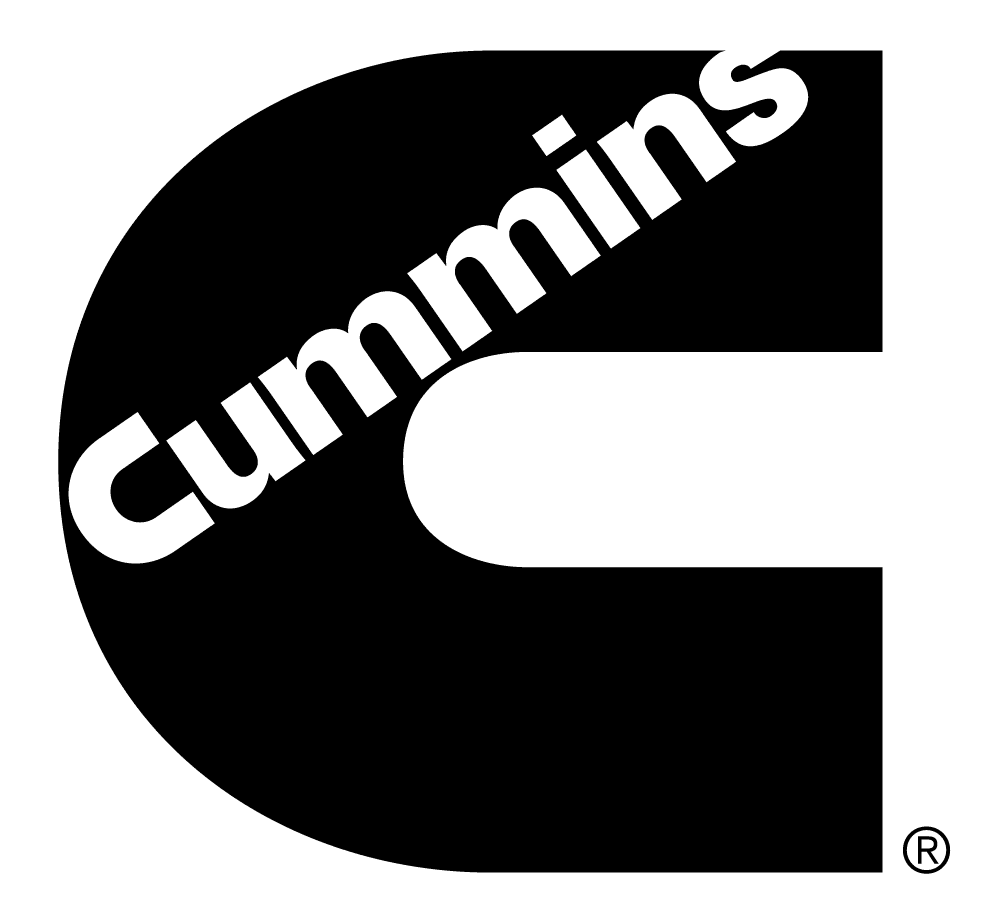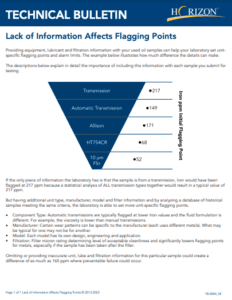Staying Cool for the Summer: How to Utilize Coolants During Hot Temps
With the summer months coming, assessing your cooling system is more important than ever to prevent equipment overheating.
As the outside temperatures rise during the summer months, equipment concerns come into focus. Engine metallurgy and lubrication relies on a specific temperature range while in-service. Anything outside of this range will result in reduced efficiency and prolonged exposure to high internal temperatures will increase component wear and lubricant stress. The viscosity of the lubricant is crucial for providing a fluid film to avoid metal to metal contact. Overheating will cause the lubricant’s viscosity to become too thin for proper protection. This affects lubrication, resulting in friction, wear and shortening the lubricant’s capabilities to provide proper protection to the system.
The Functions of a Cooling System
The cooling system becomes a driving reminder to the importance of regulating the engine temperature. The cooling system must be able to circulate coolant, remove heat from the system and dissipate the heat. To keep overall internal temperatures stable during outside temperature shifts, the cooling system must function correctly. However, if one of the functions cannot perform properly, this will cause a snowball effect of concerns.
The effects of temperature, pressure, flow on the cooling system operation, will noticeably impact equipment health. Corrosion in the cooling system occurs at a slower rate than engine wear; however, up to 40% of preventable engine failures are traced back to the cooling system. Concerns with the lubricant and engine performance may be a sign of cooling system issues.
Click here to read more on the effects on the cooling system
The Importance of Coolants
Coolant in the cooling system plays a critical role in the ability to transfer heat and prevent corrosion protecting the overall system health. Overheating is a common concern due to coolant property issues. Increased summer heat might also increase unexpected failures. The frequently acknowledged coolant properties that are reduce corrosion in the cooling system and lubricant concerns are:
• Glycol Concentration
• pH
• Corrosion Protection Inhibitors
• Concerns of Contamination
• Degradation Acids
Maintaining Coolant Systems for Improved Longevity
Coolant chemistry reactions occur due to mechanical issues, coolant property concerns or contamination of the system. Warmer temperatures should not keep your equipment out of service or increase lubrication costs. Maintaining your cooling system can be a simple task to avoid resulting in a neglected system. Understanding coolant and equipment demands is key to proper maintenance in the field. With consistent maintenance, the coolant and equipment health can provide adequate functions to protect and remove heat from the component parts as needed.
A proper fluid analysis program should include assessing all fluids in the equipment. Your fluid analysis program will remove maintenance guesswork for whether the equipment components are appropriately supported and protected or not. With trend analysis, you can reliably catch concerns and are able to act on the recommendations and address the issue before further damaging your equipment. Reach out to our team today to see how we can help see your fluid analysis program succeed and achieve your ROI.
Published June 25, 2024


